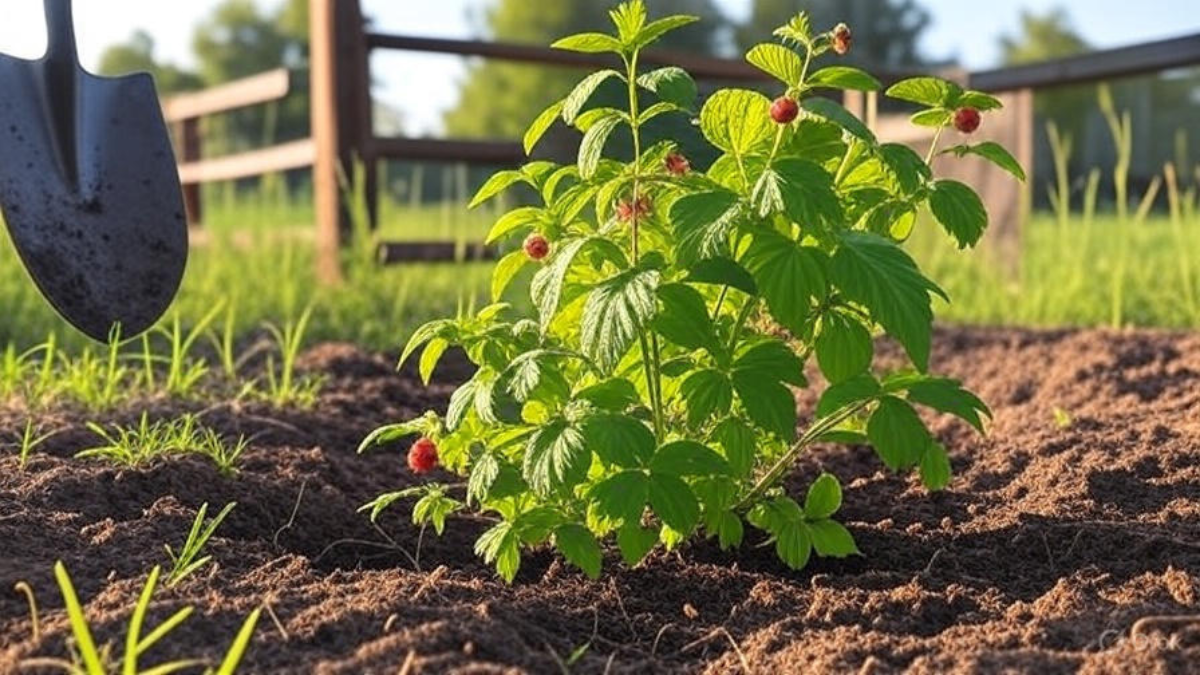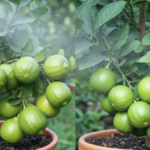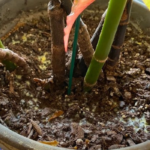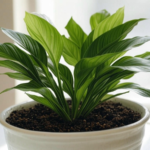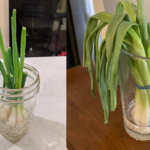When to transplant raspberries — The ideal time to transplant raspberry plants is during early spring or late fall when the plants are dormant and stress-free. Transplanting at the right season ensures healthy root development, strong canes, and better fruit yield in the next growing season. Follow our complete guide with step-by-step instructions and expert tips to successfully move your raspberry plants without damaging their growth.
For the past several years, I’ve been growing and transplanting raspberry plants in my own garden. Through real-life practice, I’ve learned that the timing and method of transplanting raspberries play a huge role in their health and fruit production. In this post, I’m sharing my personal experience on when to transplant raspberries along with a full step-by-step guide.
IN THIS ARTICLE
About Raspberry Plants
| Detail | Information |
|---|---|
| Plant Name | Raspberry (Rubus idaeus) |
| Common Types | Red, Black, Purple, Golden |
| Ideal Climate | Temperate regions |
| Growth Habit | Perennial Shrub |
| Best Transplant Time | Early Spring or Late Fall |
Quick Tips for Raspberry Transplant
- Best Time: Early spring or late fall
- Soil Type: Well-drained, slightly acidic soil
- Spacing: 18–24 inches apart
- Sunlight: Full sun (6–8 hours daily)
- Watering: Keep soil consistently moist after transplanting
- Fertilizer: Use balanced organic fertilizer after transplant
When Is the Best Time to Transplant Raspberries?
The best time to transplant raspberries is:
- Early Spring (Before New Growth Starts)
- Late Fall (After Leaves Drop and Plants Are Dormant)
Why These Seasons?
Transplanting during dormancy allows raspberry plants to adjust without stress from active growth. I’ve observed in my garden that plants moved in early spring or late fall root faster and show better growth by the next season.
If you transplant raspberries in the heat of summer or during active growth, they may suffer from transplant shock.
Step-by-Step Guide: How to Transplant Raspberries
From my gardening experience, here is a clear, step-by-step method to transplant raspberry plants successfully.
Choose the Right Spot
- Select a full sun location with at least 6–8 hours of sunlight daily.
- Ensure the soil has good drainage. Avoid waterlogged or clay-heavy areas.
- Provide good air circulation to reduce disease risks.
My Tip: Avoid planting raspberries near trees or large shrubs that compete for water and nutrients.
Prepare the Soil
Before transplanting, always prepare the soil properly:
- Loosen the soil 12–18 inches deep.
- Mix in compost or aged manure for rich nutrients.
- Maintain a slightly acidic soil pH between 5.5 to 6.5.
Important Soil Keywords:
- Well-drained
- Rich organic matter
- Slightly acidic
Dig Up Raspberry Canes Carefully
- Use a garden fork or spade to lift the plant gently.
- Keep the root ball intact.
- If the soil is dry, water the plant lightly before digging it up.
Personal Tip: I prefer doing this work in the early morning or late evening when the weather is cooler.
Plant in the New Location
- Dig holes that are twice the size of the root ball.
- Place the raspberry plant at the same depth it was previously growing.
- Fill the hole with soil and press gently to eliminate air pockets.
Recommended Spacing Keywords:
- 18–24 inches between plants
- 4–6 feet between rows
Proper spacing ensures healthy airflow and allows room for plant growth.
Water Thoroughly After Transplant
- Water deeply immediately after transplanting.
- Keep the soil consistently moist but not soggy for the next 2–3 weeks.
My Tip: I check soil moisture by touching it. If it feels dry up to my knuckle, I water again.
Care Tips After Transplanting Raspberries
To help your transplanted raspberry plants settle and thrive:
- Mulch: Add 2–3 inches of organic mulch like straw or wood chips to retain moisture and control weeds.
- Pruning: Remove damaged or weak canes after transplanting.
- Fertilizer: After 2–3 weeks, apply a balanced organic fertilizer.
- Support System: Install stakes or a trellis to help raspberry canes grow upright.
Humidity and Temperature for Transplanted Raspberries
- Ideal Temperature: 18°C–24°C (65°F–75°F)
- Humidity: Medium humidity levels preferred
In my experience gardening in Gujarat, maintaining moderate humidity and avoiding extreme heat after transplanting is key. If temperatures rise too much, I use a light shade cloth to protect young raspberry plants.
Conclusion: When to Transplant Raspberries for Best Growth
So, when to transplant raspberries for the best results? Always aim for early spring or late fall when the plants are dormant. This ensures minimal stress and allows roots to establish before active growth starts.
I personally follow this timing and method in my garden and see consistent success. By following these raspberry transplanting tips based on real experience, you too can enjoy healthy raspberry bushes with abundant fruit.
